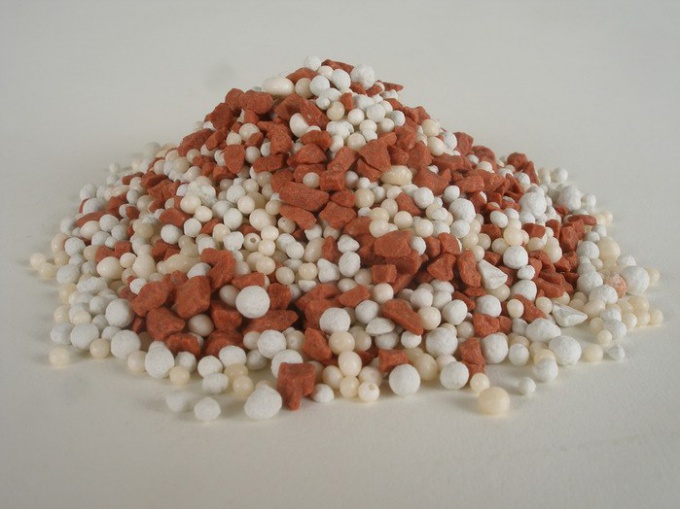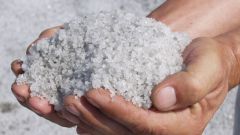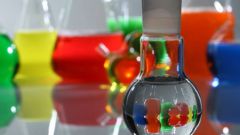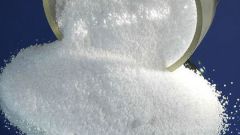How to form double and complex salts
Double and complex salts are formed by connecting the neutral molecules of different substances with each other. These classes differ in the nature of dissociation in aqueous solutions: if double salts dissociate single stage to cations of both metals (or ammonium cation) and anions of acidic residues, while the dissociation of complex salts formed complex ions exhibiting high stability in the aqueous medium. Examples of dissociation of complexes:
[Cu(NH3)4]SO4=[Cu(NH3)4](2+)+SO4(2-),
K3[Fe(CN)6]=3K(+)+[Fe(CN)6](3-).
The complex salts are weak electrolytes, therefore, dissociate in aqueous solutions is reversible. Is both direct and reverse reaction.
Theory of complex compounds
The theory of complex compounds created by the Swiss chemist A. Werner. According to this theory, in the center of the molecule is an ion-complexing agent (metal ion) around which is oriented opposite sign ions or neutral molecules called ligands, or Addendum.
Most often, the Central ion-complexing agents are d-elements.
The ligand hydroxocomplexes are the hydroxide ions OH-, acidogenesis – acid residue anions (NO2-, CN-, Cl-, Br -, etc.), amiantov and aquacomplexes neutral molecules of ammonia and water. For example: Na2[Zn(OH)4], K4[Fe(CN)6], [Ag(NH3)2]Cl, [Al(H2O)6]Cl3.
Ion-complexing with ligands forms the inner sphere of complex compounds, denoted by square brackets. The number of ligands around the Central ion is the coordination number. The charge of a complex ion is the sum of the charges of ion-complexing agent and ligands.
The charge of a complex ion equals the charge of the complexing agent, if the ligands are neutral molecules (e.g. ammonia or water).
Ions in brackets to form an outer sphere complex. Depending on the charge of the inner sphere, they can be cations or anyname.
What is the role of complex compounds in living plants and animals
Complex compounds perform specific metabolic functions in living organisms. They are necessary for the processes of photosynthesis, respiration, oxidation, and enzymatic catalysis. So, the chlorophyll in the cells of green plants is a coordination compound of magnesium, hemoglobin – iron complex. Vitamin B12 is a complex compound of cobalt.





